India
Home to one-fifth of the world’s population, vibrant religious traditions, and thousands of years of human history, a journey through India is often bewildering but never boring. Street bazaars burst with colorful clothing and intricate artisan crafts, ancient palaces offer five-star accommodation, temples stand beneath the shadows of skyscrapers, and people and traffic swirl around it all. India is an endless fountain of history and tradition from the medieval Mughal Empire’s sandstone forts to the erotic carvings of the 10th-century temples of the Chandela Kings. Crumbling jungle fortresses and the majesty of the Taj Mahal tell stories of dynasties and empires that shaped the land. Modern India is country of contrasts, where opulent wealth exists alongside incredible poverty, and people live and breathe history and tradition while embracing a world of glittering towers and technology. There is no end to possibilities in India, where you can cruise on the Ganges River or explore the golden dunes of the Thar Desert; stretch out on palm-fringed beaches in Goa, or try to spot a Bengal tiger in Ranthambore National Park. Visit the elegant lakeside palaces of Udaipur, or the rose-hued fortresses of Jaipur; explore the myriad temples of Varanasi, or join the steady stream of worshippers at Amristar’s Golden Temple. A country laced with fascinating architecture, steeped in tradition, and bursting with 21st-century vitality, India is a land of enchantment and extremes.
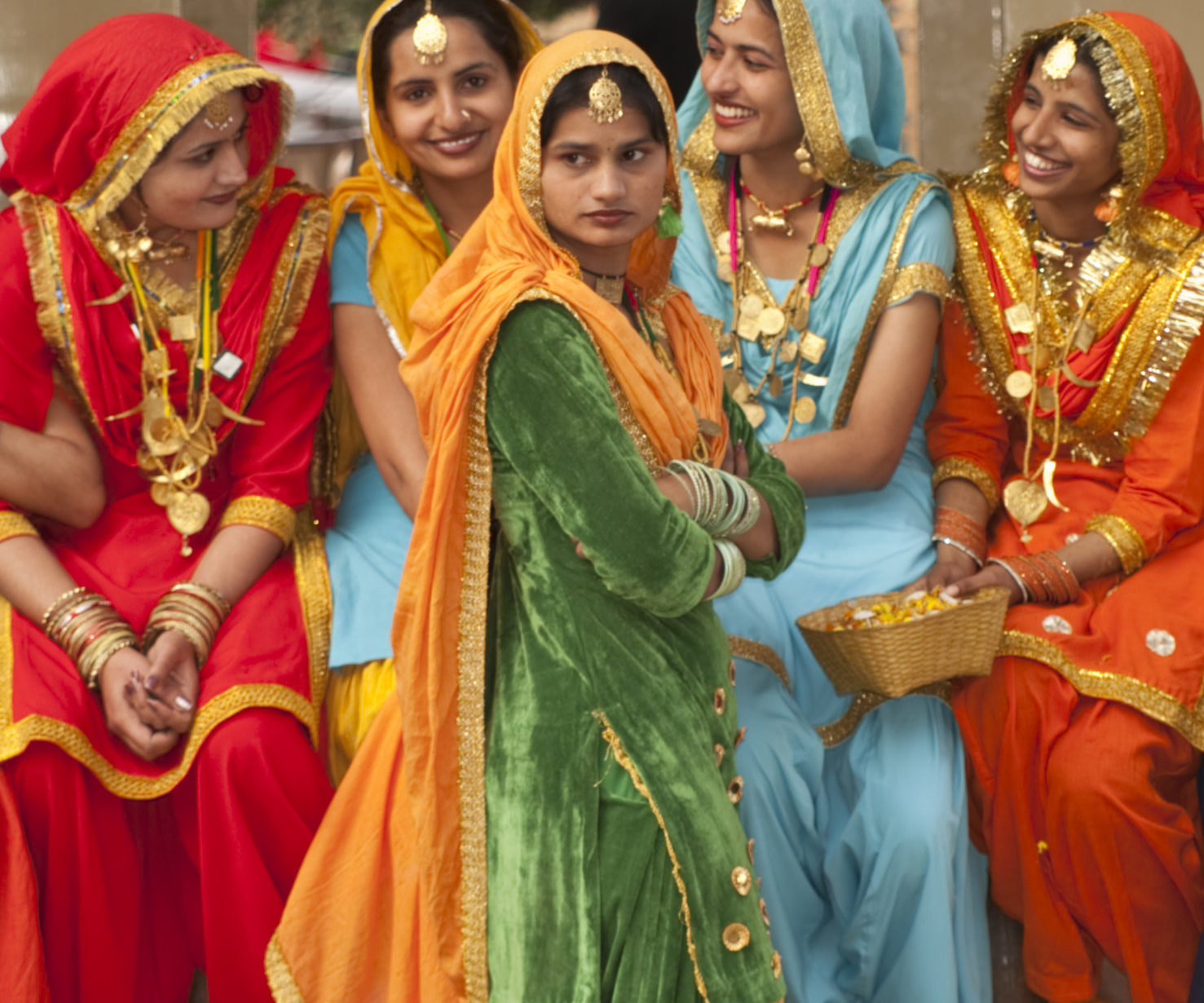
Delhi
An enthralling tapestry of historical monuments, cultural and religious legacies, and pell-mell modern development, Delhi is a city of sensational extremes. The country’s sprawling capital region is home to around 25 million people and was the center of several empires, most notably the Mughal Empire which was responsible for some of the most impressive architecture throughout northern India. Old Delhi, which dates back to the early 17th century, is home to the monumental Mughal Red Fort and the massive red sandstone and marble Jama Masjid mosque, whose courtyard can hold 25,000 people. The modern cityscape is dotted with ornate Punjab architecture, European boulevards, and religious monuments—visit the Mehrauli Archaeological Park for an look at the city’s patchwork of legacies beginning with ruins from the 10th century. Modern Delhi is an assault on the senses, where you will find incredible wealth and shimmering 21st-century skyscrapers looming over sprawling slums, where glamorous shopping districts and malls contrast with gritty yet thrilling street markets. Visit the ancient Chandni Chowk, a colorful and bustling bazaar in Old Delhi filled with food carts, sweet shops, and spice stalls. The city’s chaotic streets are interwoven with bursts of incredible beauty, hidden temples, and fantastic food—no matter where you roam, Delhi is an unforgettable experience.
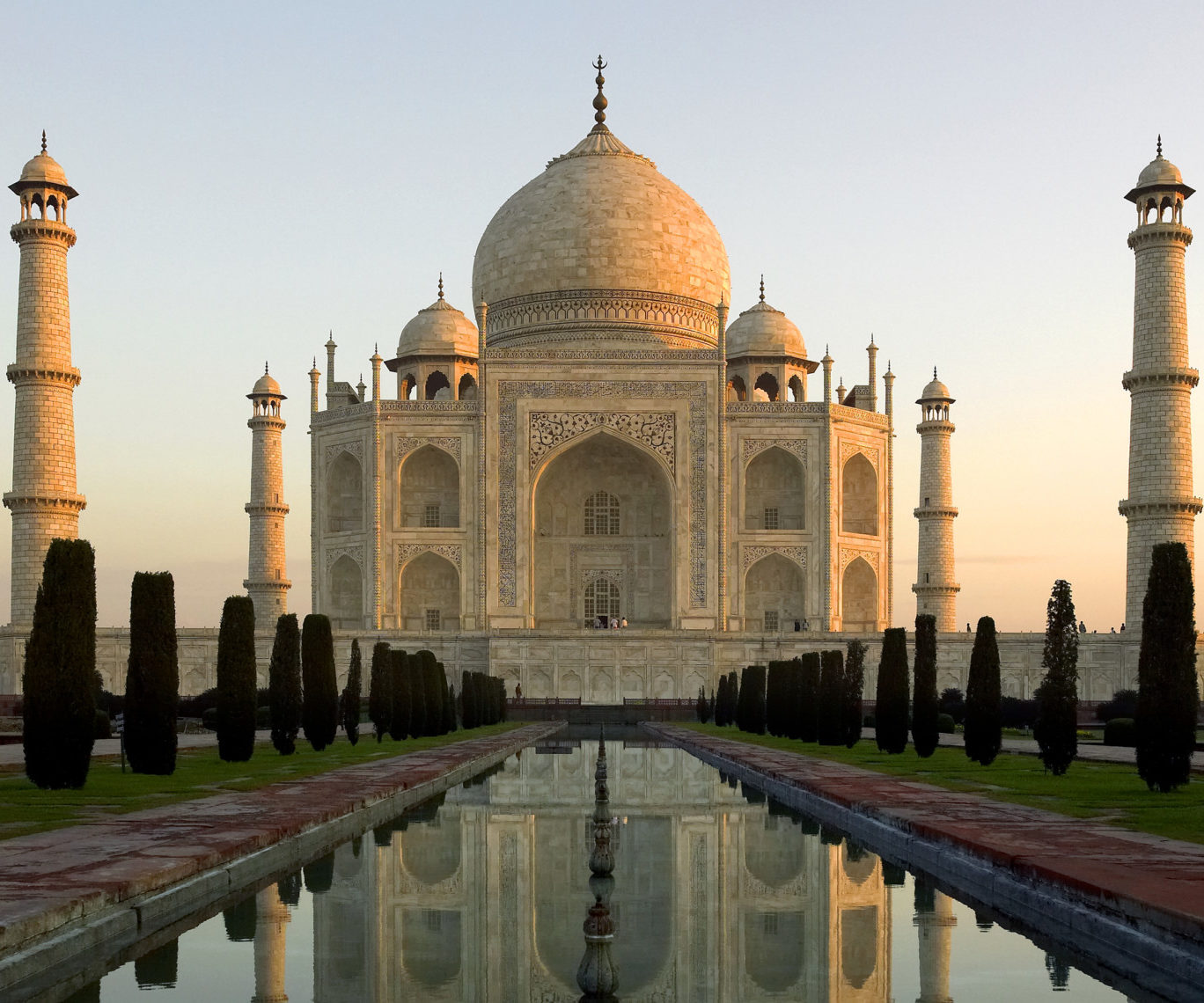
Agra
The northern city of Agra, perched on a bend of the Yamuna River, is the gateway to a some of India’s greatest cultural treasures. Agra was once at the heart of the mighty Mughal Empire, which at its height of power under Shah Jahan in the 17th century, extended to present day Afghanistan and ruled 150 million subjects. The majestic Taj Mahal was commissioned in 1632 by Shah Jahan to house the tomb of his favorite wife, and stands today as one of the most impressive structures in the world—the massive complex took an estimated 20,000 artisans and craftsmen more than ten years to build. Though the Taj Mahal is undoubtedly the crowning jewel of Mughal architecture, there are a number of other outstanding sites to visit in the area. Visit the pearly white Moti Masjid, the imposing red-walled Agra Fort, and the incredible fortress city of Fatehpur Sikri.
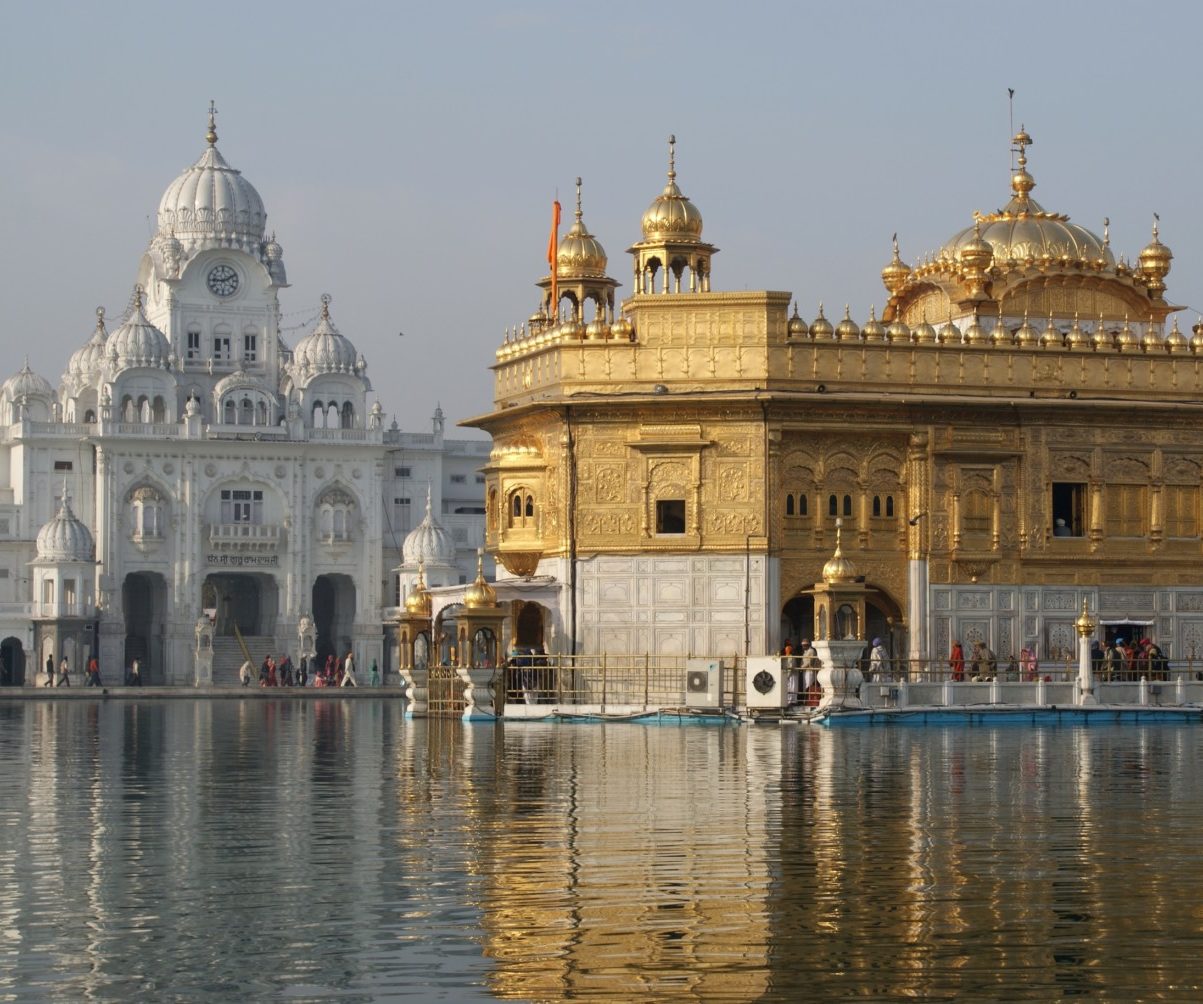
Amritsar
In the far northwestern state of Punjab lies the city of Amritsar, founded in 1577 by Guru Ram Das and remaining at the heart of the Sikh religion for more than four centuries. The city is home to one of India’s most splendid buildings, a resplendent marble temple bedecked with copper and gilded gold. Sri Harmandir Sahib, or the Golden Temple, has been destroyed and rebuilt many times over the years since it was first constructed in the 16th century, but remains a place of welcome for all people and religions. The gleaming building sits at the end of a walkway, surrounded by the sacred waters of the Amrit Sarovar, which is said to have healing powers. The gurdwara, or religious complex, that encompasses the temple is a series of luminescent white buildings that form a grand courtyard—the gurdwara receives thousands of visitors and worshippers daily. For a glimpse of the former grandeur of the Maharajas, stroll through the ornate gates of the Rambagh Gardens, which were the tranquil grounds of the 19th century conqueror, Maharaja Ranjit Singh.
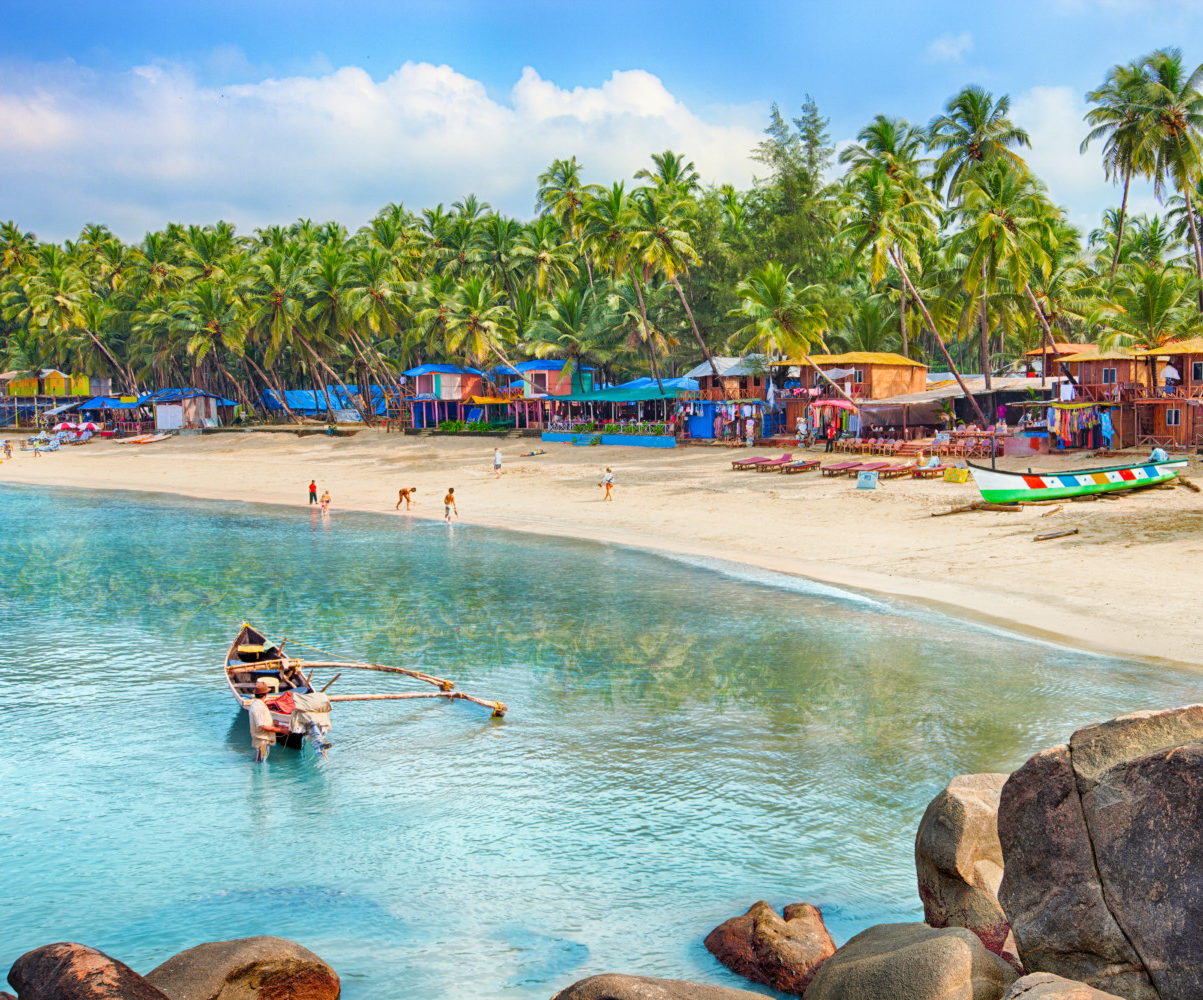
Goa
The small west coast state of Goa is a distinctive blend of Portuguese heritage, radiant beaches, and the aquamarine waters of the Arabian Sea. Brought slowly to international attention in the 1960s by the hippie backpacker scene, Goa now caters to everyone—come for reiki training and yoga retreats, luxury resorts with private stretches of coastline, or laid-back markets and beaches. Though golden-sand beaches are justifiably the mainstay of a visit to the Goa, the region has so much more to offer. Take a tour of spice farms, go on jungle treks, visit historic Catholic churches, and explore the region’s Portuguese legacy immortalized in plazas, Baroque architecture, and ruined forts. Take a guided tour or rent a scooter to explore the countryside, where elegant old estates like the Braganza Palace dot the hills; hop on a boat and cruise along the Mandovi River for a change of pace; or simply soak up the sun on Goa’s glorious beaches. Wherever you travel along Goa’s coast, you will enjoy tantalizing cuisine that is a blend of aromatic Indian dishes infused with a hint of Portuguese tradition.
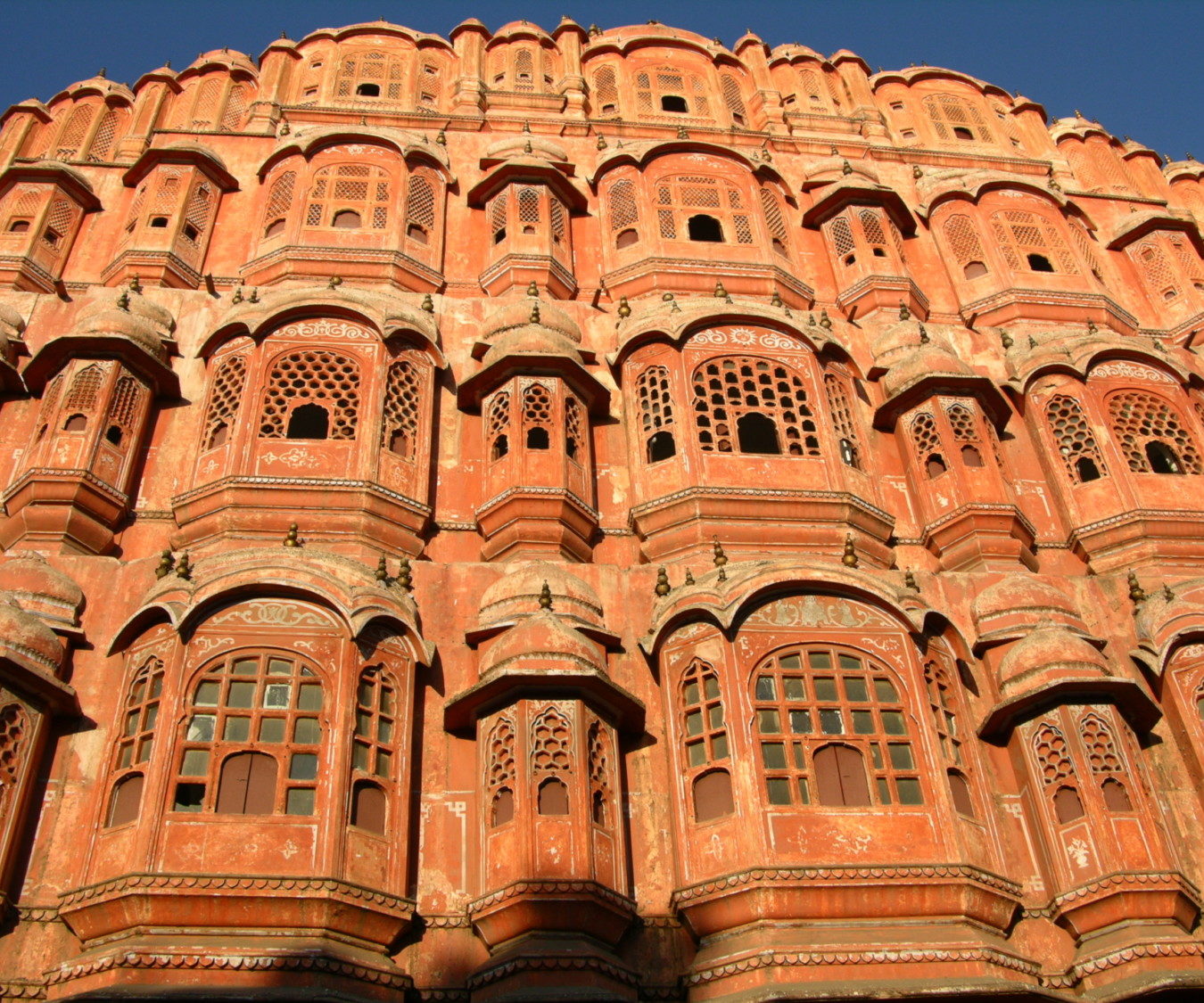
Jaipur
The capital of Rajasthan, Jaipur is a charismatic and colorful city known for its pastel pink-hued buildings and its historic monuments. Founded in 1727, Jaipur’s Old City was laid out along an organized grid—an innovative approach to city planning for the region—and is laden with grand architecture and vibrant markets. The City Palace complex encompasses elegant gardens and courtyards, museums, and continues to be a royal residence—the majestic Hawa Mahal palace presides over a bustling bazaar below, where bright-colored clothing, artisan crafts, and intricate carpets are on display. Plan a visit to the nearby Jantar Mantar observatory, a fascinating structure that resembles sculpture more than any modern conception of an observatory. Modern Jaipur thrums in a stream of motorcycles and buses, rickshaws and markets against the historic backdrop of the rosy sandstone monuments of the past. Take a ride into the surrounding hills atop an elephant to visit the Amber Fort and Palace, and know that the treasures of Jaipur are just the beginning of what the Rajasthan has to offer.
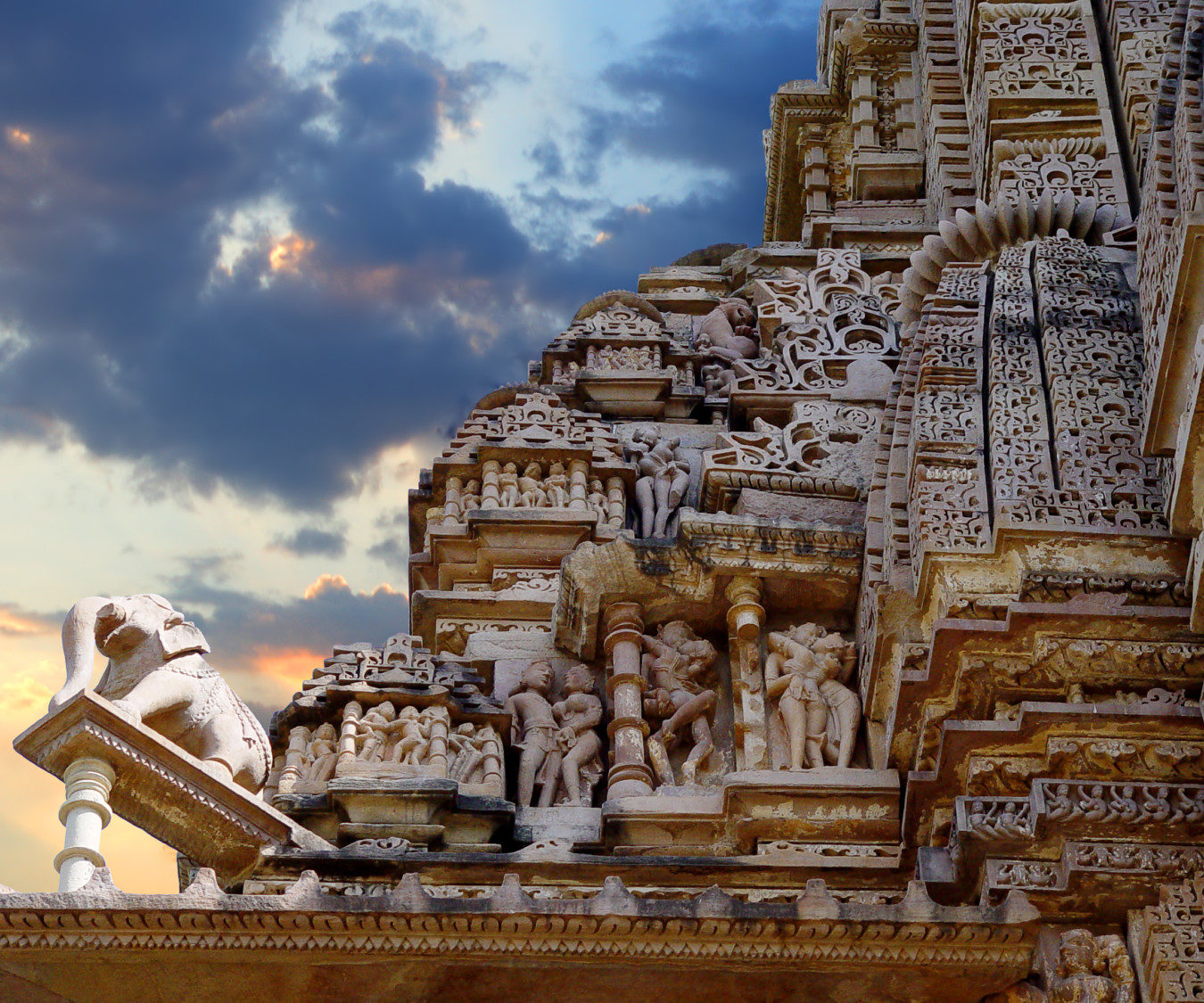
Khajuraho
Sitting near a small town of the same name in the state of Madhya Pradesh, the Khajuraho temples are a UNESCO-listed collection of ancient monuments that showcase the incredible architecture of the Chandela dynasty. Dating back to the 10th century, the intricate and often erotic carvings of these Hindu and Jain temples are truly stunning works of art. Originally there were 85 temples, though only 22 of them remain in good condition today—make sure to visit Khajuraho temple and Kandariya Mahadeva, which is the largest and most ornate temple. These architectural marvels sit in a picturesque landscape of rocky hills, lakes, and river valleys where the sandstone used to construct the temples was mined. Allot plenty of time to explore the incredible art and history of these monuments—traveling with a guide will help you appreciate the complexity of the temples’ sculpture and history—before traveling on to Varanasi or Delhi.
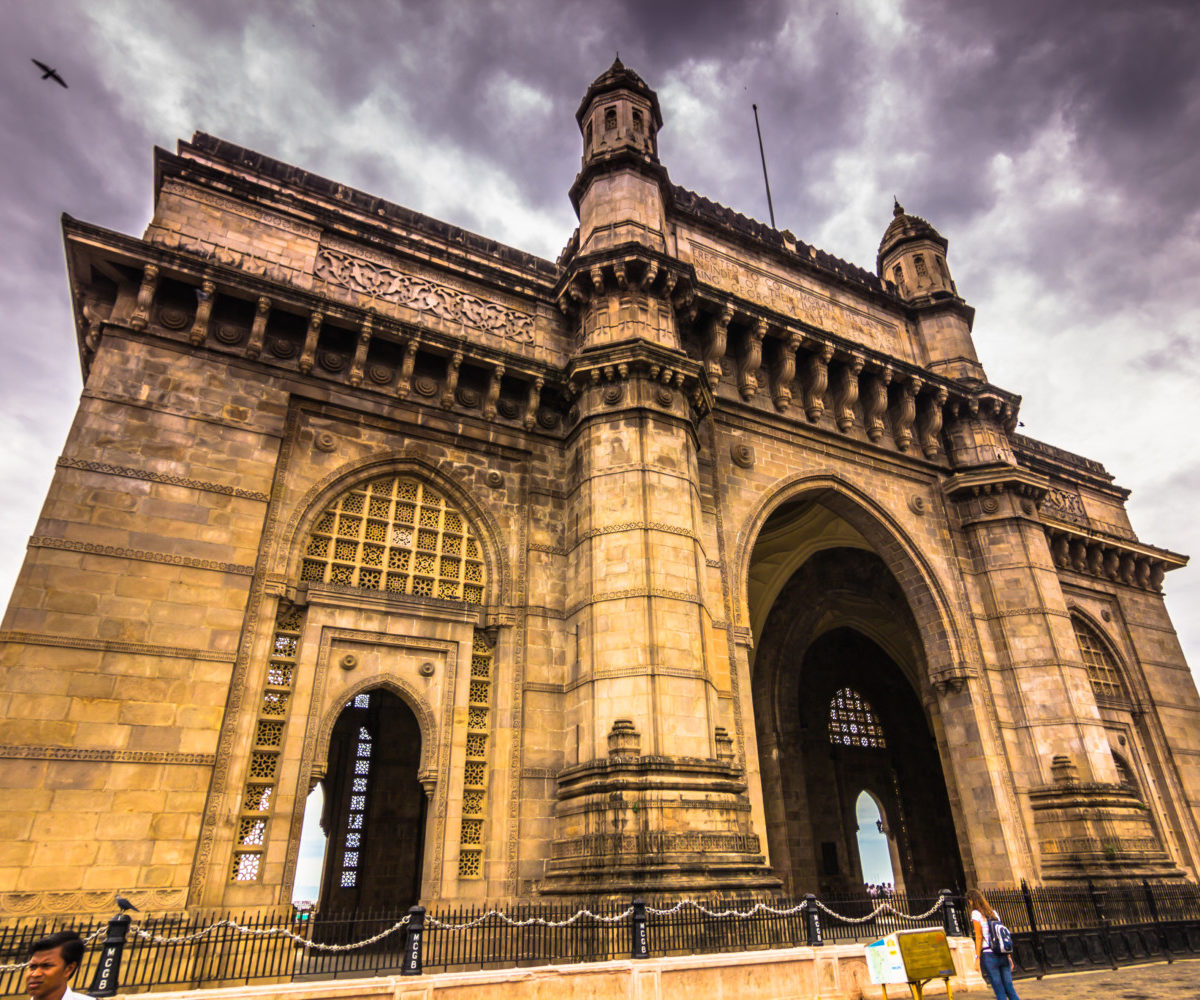
Mumbai
India’s largest city and financial center, this western waterfront metropolis is a sensory whirlwind of grit and glamour. Sitting at the center of India’s booming film industry, steeped in fashion, and bedecked with modern grandeur, Mumbai’s wealth is juxtaposed with sprawling slums. There is no denying the glaring contrasts in Mumbai, but in between splendor and squalor there is a world of hidden temples, boisterous bazaars, and trendy restaurants. Spread across seven islands, the city’s waterfront is an integral part of Mumbai’s identity—stroll the Marine Drive promenade, visit the iconic Gateway of India stone arch, and offshore, Elephanta Island is home to ancient caves and Hindu temples. Tour the exclusive Malabar Hill neighborhood, the timeless Worli Fishing Village, or spend the afternoon in Sanjay Gandhi National Park, the city’s massive tropical forest. Historic sites like the UNESCO-listed Chhatrapati Shivaji Maharaj Terminus railway station abound, and a number of quality museums offer a window into the city’s rich cultural and traditional fabric. At its core, Mumbai is an overwhelming yet inspiring city that gives a glimpse of the treasures India holds in store.
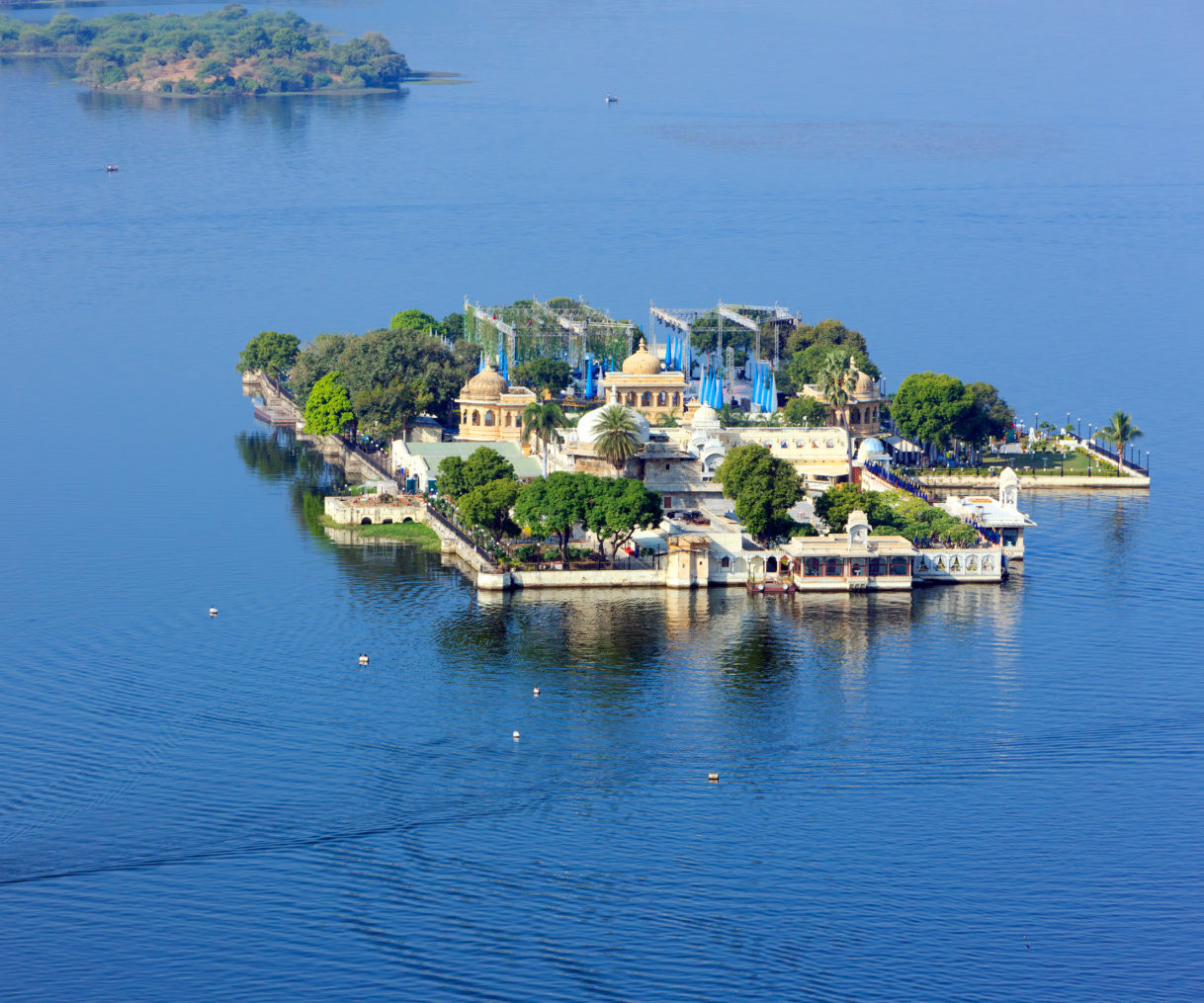
Rajasthan
The vast northern state of Rajasthan is home to an extraordinary array of cultural treasures set amidst striking desert landscapes. From the rosy-hued sandstone palaces of Jaipur to the ruins of the Indus Valley Civilization at Kalibanga which date back to 3,000 BCE, the history and architectural wonders of the region know no bounds. Visit the 17th-century Amer Fort set on a rocky hilltop outside of Jaipur, or the Jain pilgrimage site at Mount Abu, with its lush forests, lakes, and rivers forming a unique high-plateau oasis in the Aravalli mountains. Enjoy the natural beauty of Rajasthan bird-watching in Keoladeo National Park, take a camelback tour of the golden dunes of the Thar Desert, or visit one of the three tiger reserves in the region. Desert-worn medieval forts open to reveal opulent palaces and temples within their walls, some of which have been converted to grand hotels and museums. Colorful markets, local festivals, and a passel of charismatic cities like Udaipur, Jodhpur, and Jaisalmer conjure hints of ancient kingdoms and make this region an endless pleasure to explore.
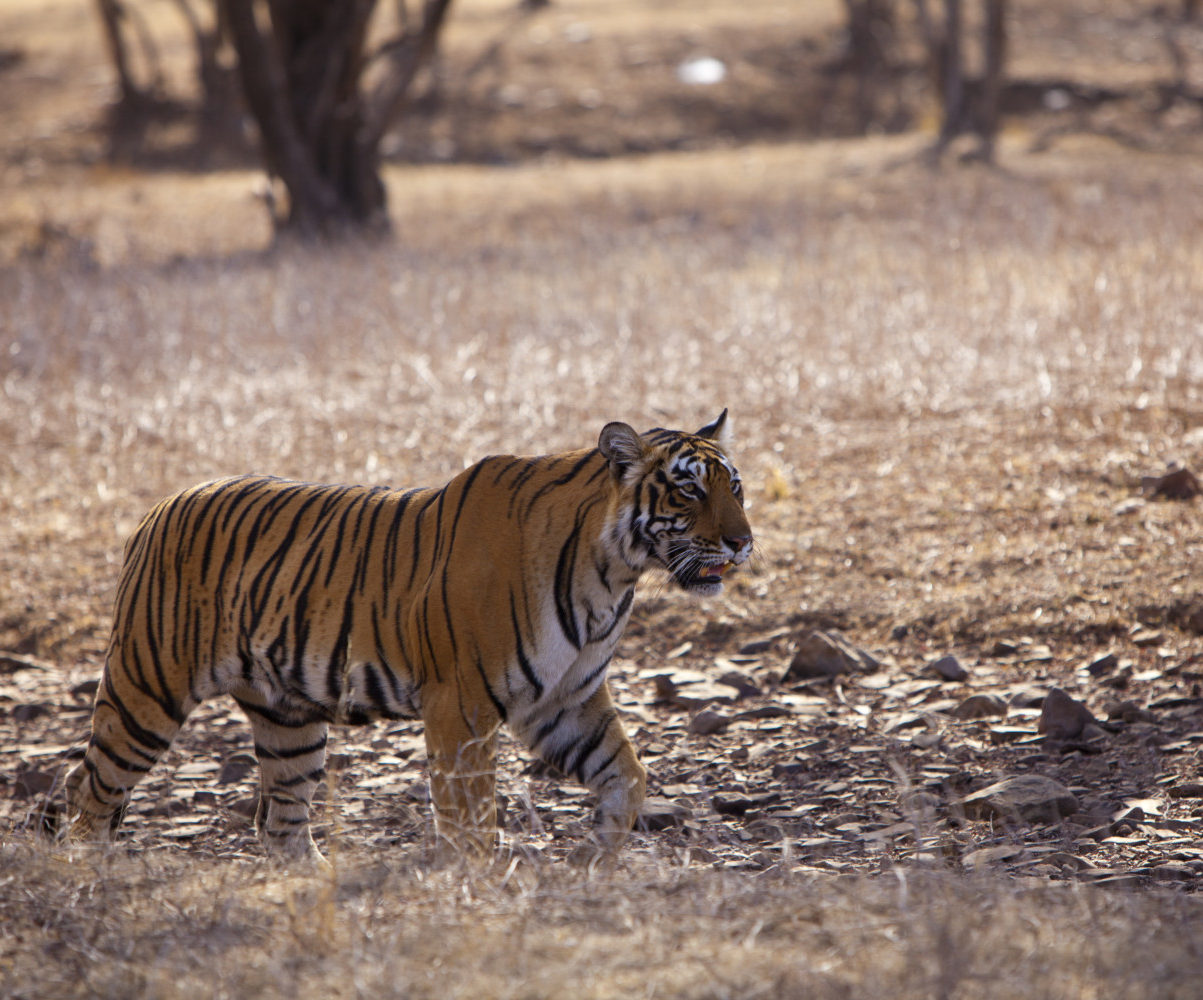
Ranthambhore
Once the royal hunting grounds of the Maharaja of Jaipur, Ranthambore National Park is now one of the best places in the world to see Bengal tigers in their natural habitat. The park was first protected as a game sanctuary in 1955, graduated to a tiger reserve in 1973 in an effort to save the dwindling population from hunting and poaching, and expanded and became a national park in 1980. Though spotting the elusive tigers is not a guarantee, there is an incredible array of other wildlife like sambar, monkeys, crocodiles, boar, leopards, langur, and myriad bird species. Traveling through this forested wilderness with a knowledgeable guide truly brings the landscape to life. At the heart of the park, perched atop a rocky outcropping, the 10th-century Ranthambore Fort presides in ancient glory—there are ancient temples, pavilions, mosques, and tombs scattered around the fort. With so much to see, budget more than just an afternoon to increase your odds of seeing a tiger and get the most from this amazing park.
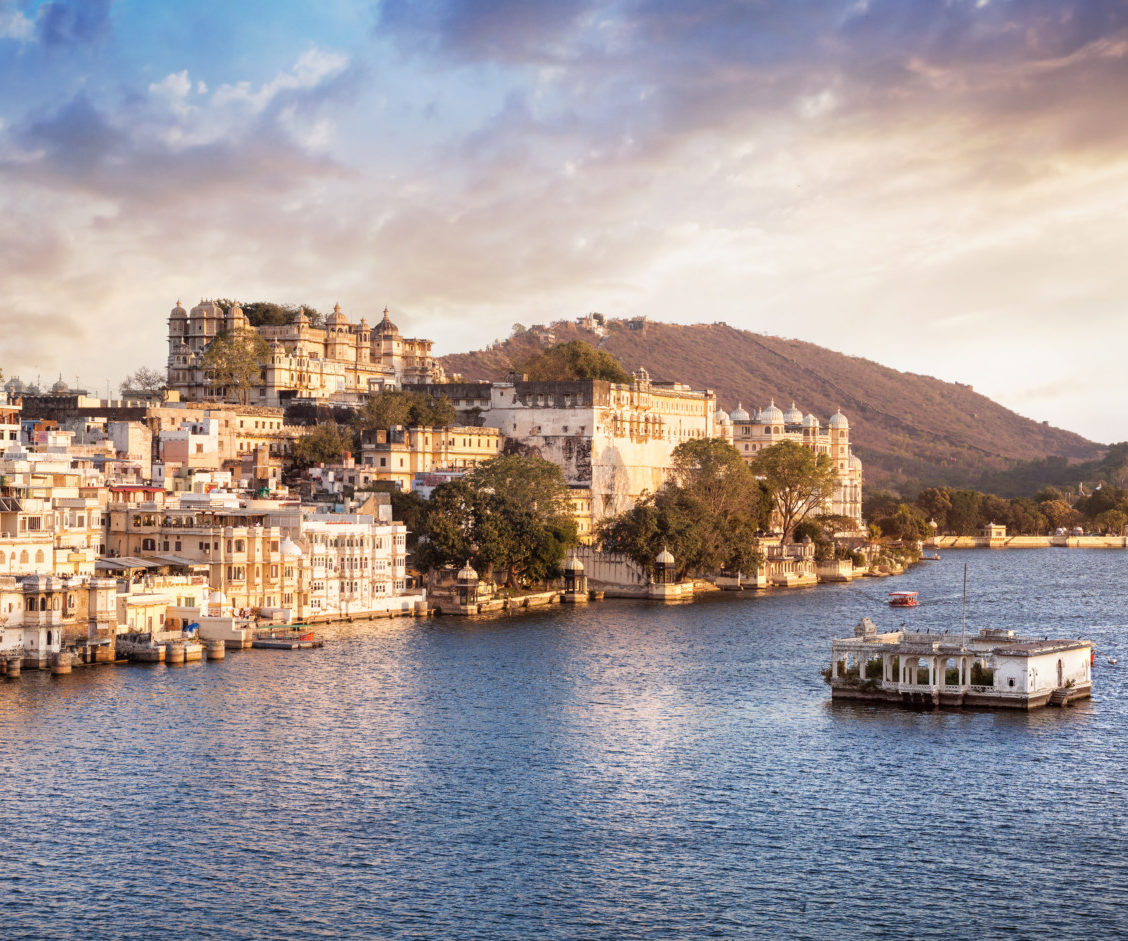
Udaipur
Set in the picturesque Aravali mountain range in Rajasthan, and spread along the Ayad River and several beautiful lakes, Udaipur is a city of timeless grandeur. Forested hills rise along the shimmering waters of Lake Pichola, and are graced with historic forts, and elegant palaces—this is a city that radiates a romantic glimpse of the past. Narrow streets zigzag across the city, which is a lively maze of colorful bazaars, temples, and historic haveli mansions. Float on tranquil waters around the luxurious island Taj Lake Palace hotel, tour the regal City Palace complex perched on the shore of Lake Pichola, and lose yourself in the hidden delights of the gated Old City. Udaipur is home to architectural wonders in town and in the surrounding countryside, which is well-worth the time to explore—head to the nearby hilltop Sajjangarh Palace for fantastic sunset views.
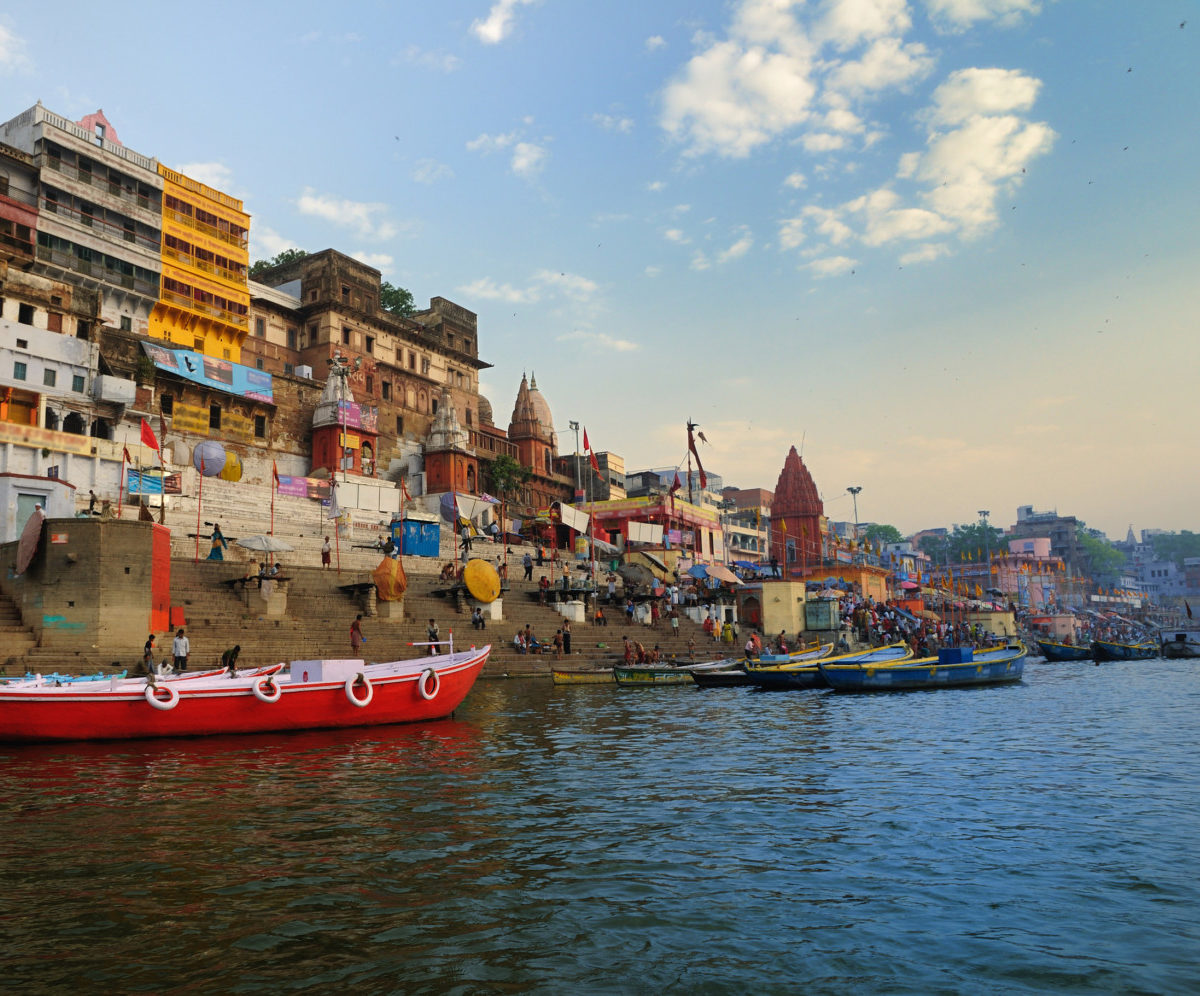
Varanasi
A colorful jumble of temples and markets line the banks of the mighty Ganges River in the holy city of Varanasi in the northern state of Uttar Pradesh. One of the world’s oldest continually inhabited cities, dating back to the back to the 11th century BCE, Varanasi is vibrant, chaotic, and one of the most sacred religious sites in India. In addition to being one of the seven holy sites of Hinduism and Jainism, the city is at the root of Buddhism as well—it is said that Buddha gave his first public sermon here after attaining enlightenment. Modern Varanasi is defined by its traditional role as a cultural center—many people work in traditional silk weaving, making carpets and crafts, and the city remains an epicenter for religious pilgrims. Rituals surrounding life and death coincide on the banks of the Ganges, where pilgrims visit temples and bathe in the river, and others perform funeral rites along the ghats, the stone steps forming the embankment. There are around 2,000 temples in Varanasi, including the Kashi Vishwanath, or the Golden Temple, dedicated to the Hindu god Shiva, nestled into the modern clamor of the city. Visiting Varanasi is a visceral experience that may leave you reeling, but there is no resisting the city’s enthralling sense of spiritual traditions.
